Cytokines and Chemokines: The Role of IL-1 and TNF-alpha in Immunity
VerifiedAdded on 2021/02/05
|23
|1227
|197
Report
AI Summary
This report provides a detailed overview of cytokines and chemokines, key signaling molecules in the immune system. It focuses on the IL-1 and TNF-alpha families, exploring their receptors, signaling pathways, and roles in inflammation and immune responses. The report delves into the process of pyroptosis, a form of programmed cell death mediated by gasdermins, highlighting its role in innate immunity and the release of inflammatory cytokines like IL-1β. It discusses the inflammasome complex, its activation by DAMPs and PAMPs, and the subsequent activation of caspases. The report further examines the involvement of various cytokines, including IL-7, in the development of immune cells and the regulation of the immune system. Negative regulators of the IL-1 pathway are also described. Overall, the report offers a comprehensive understanding of the molecular mechanisms underlying cytokine signaling and its significance in both health and disease, emphasizing the importance of these pathways in immune defense and potential therapeutic targets.
1 out of 23
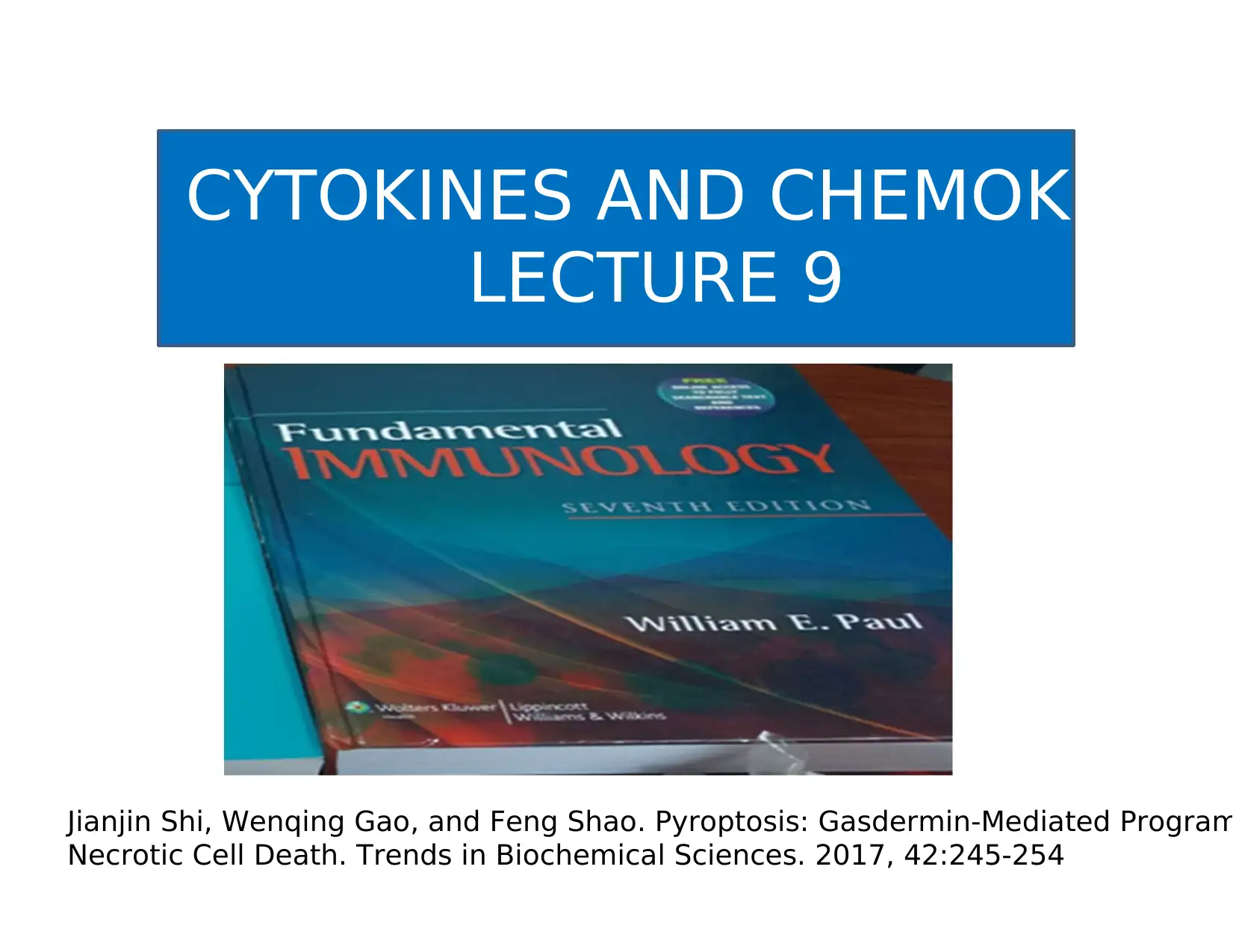
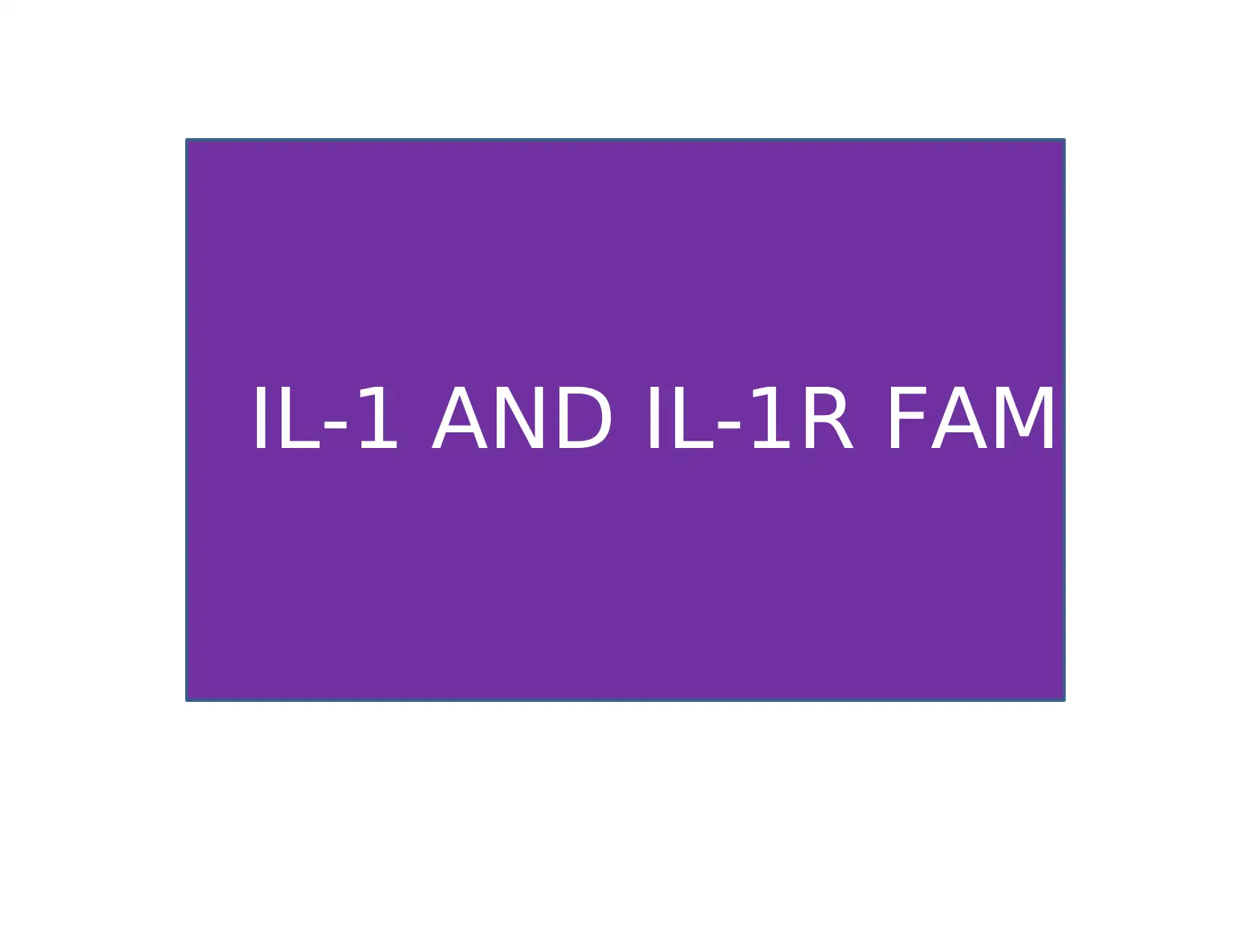



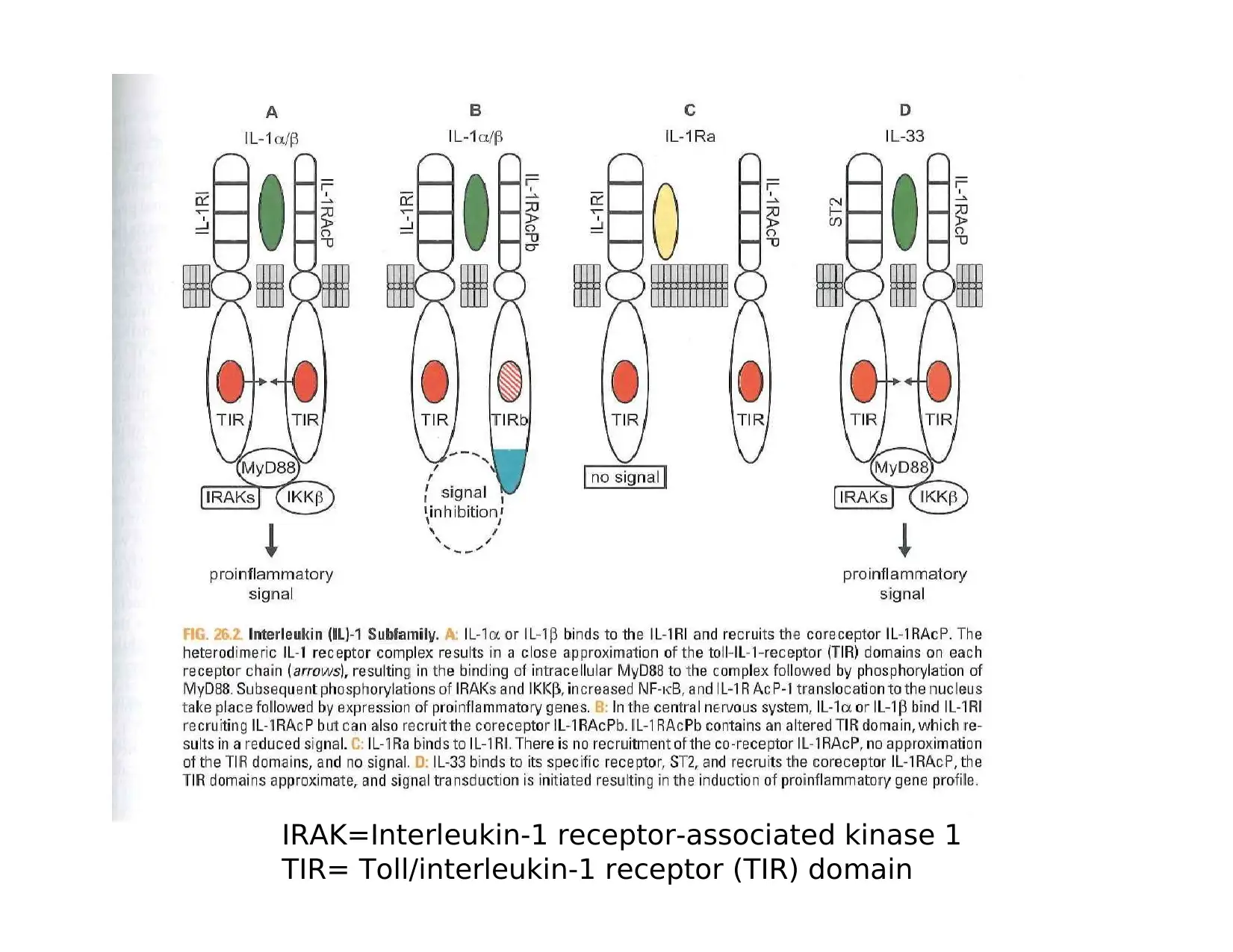
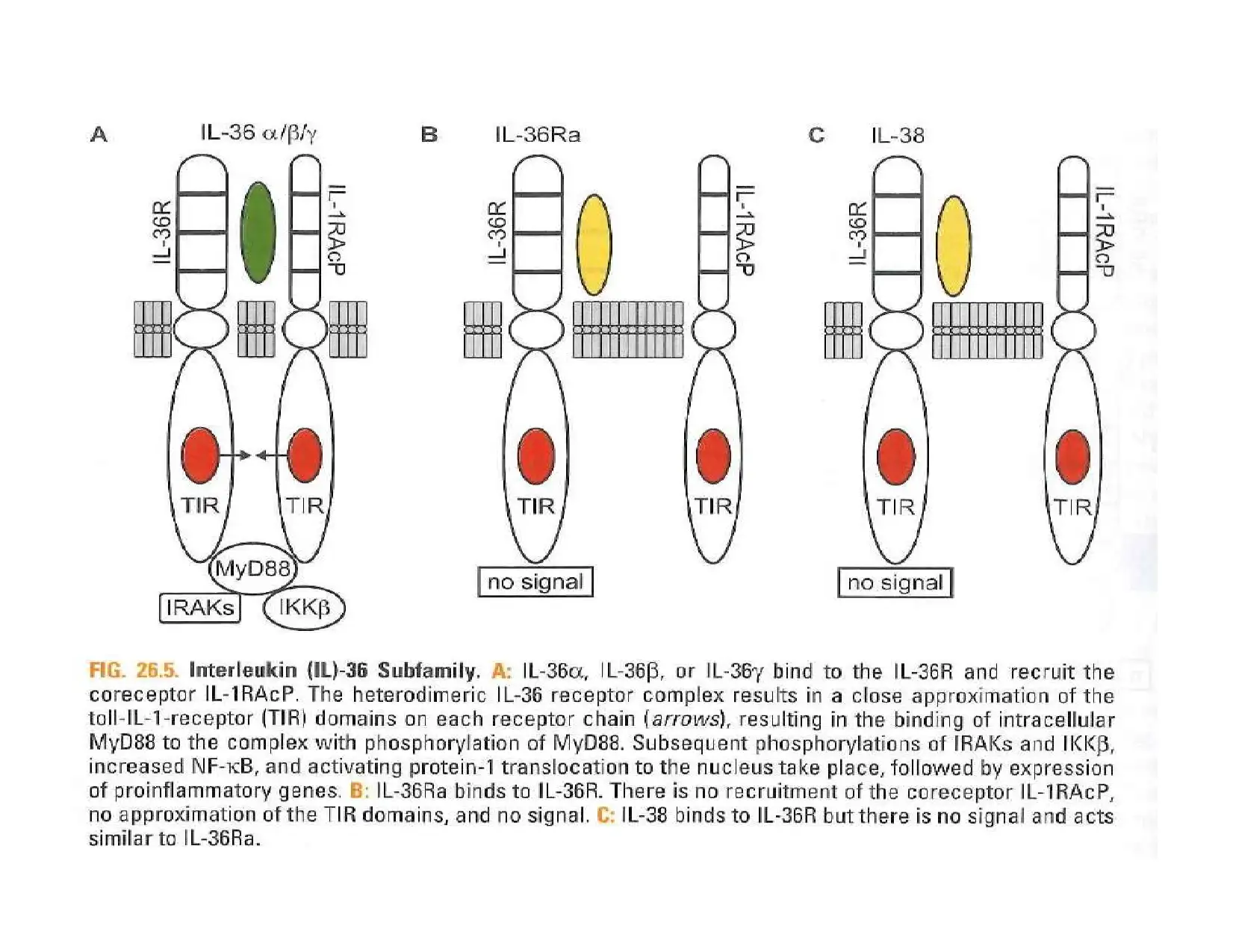
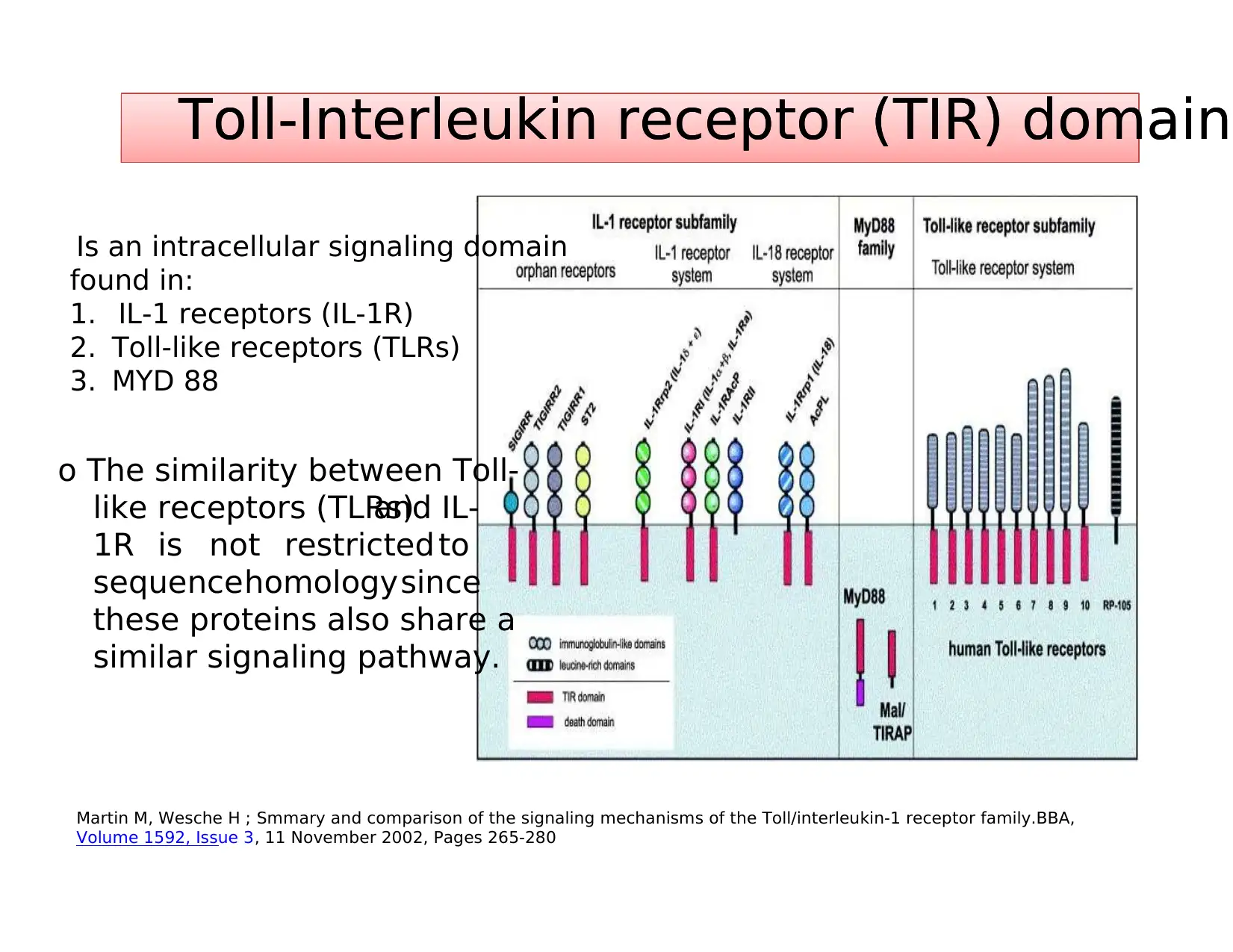
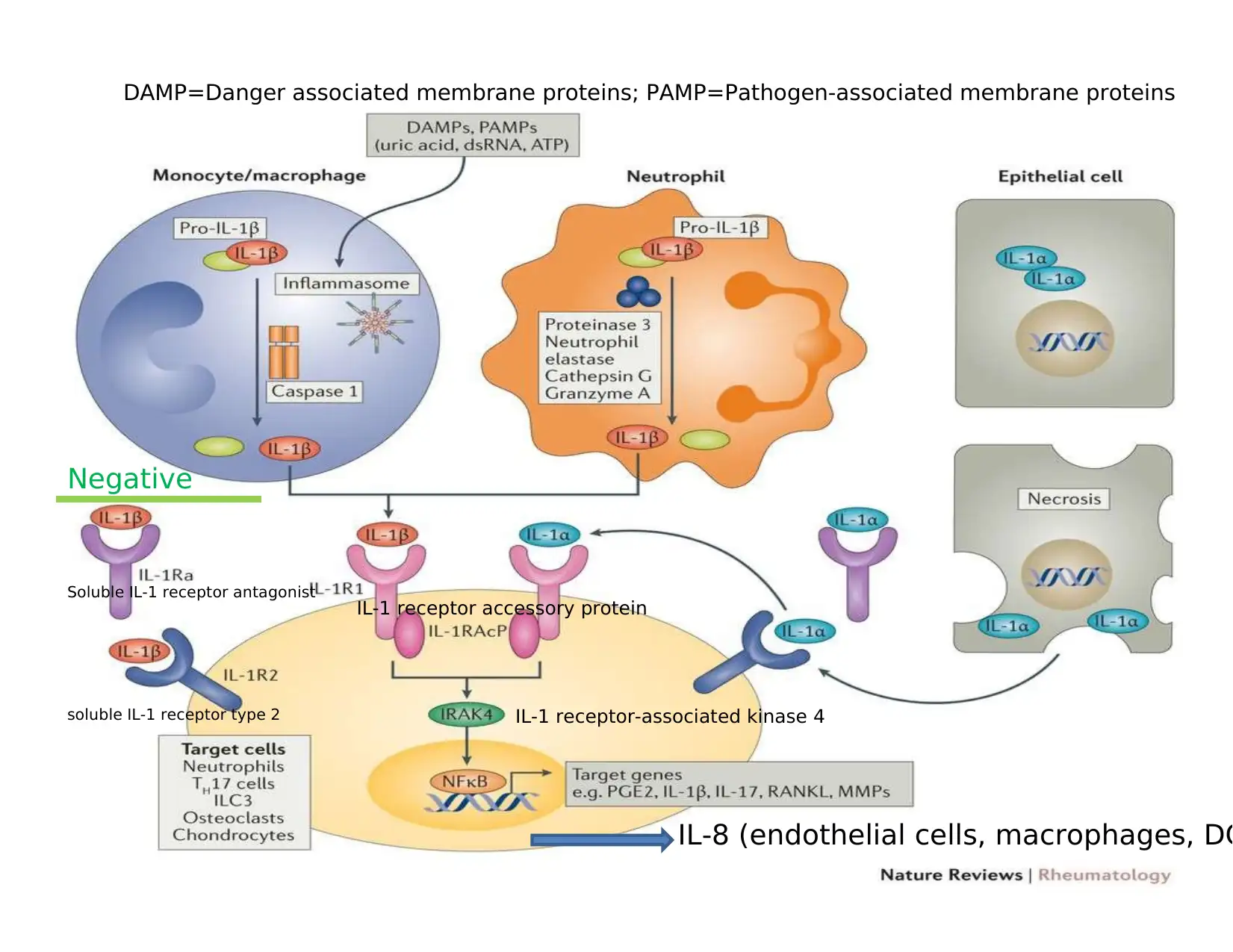

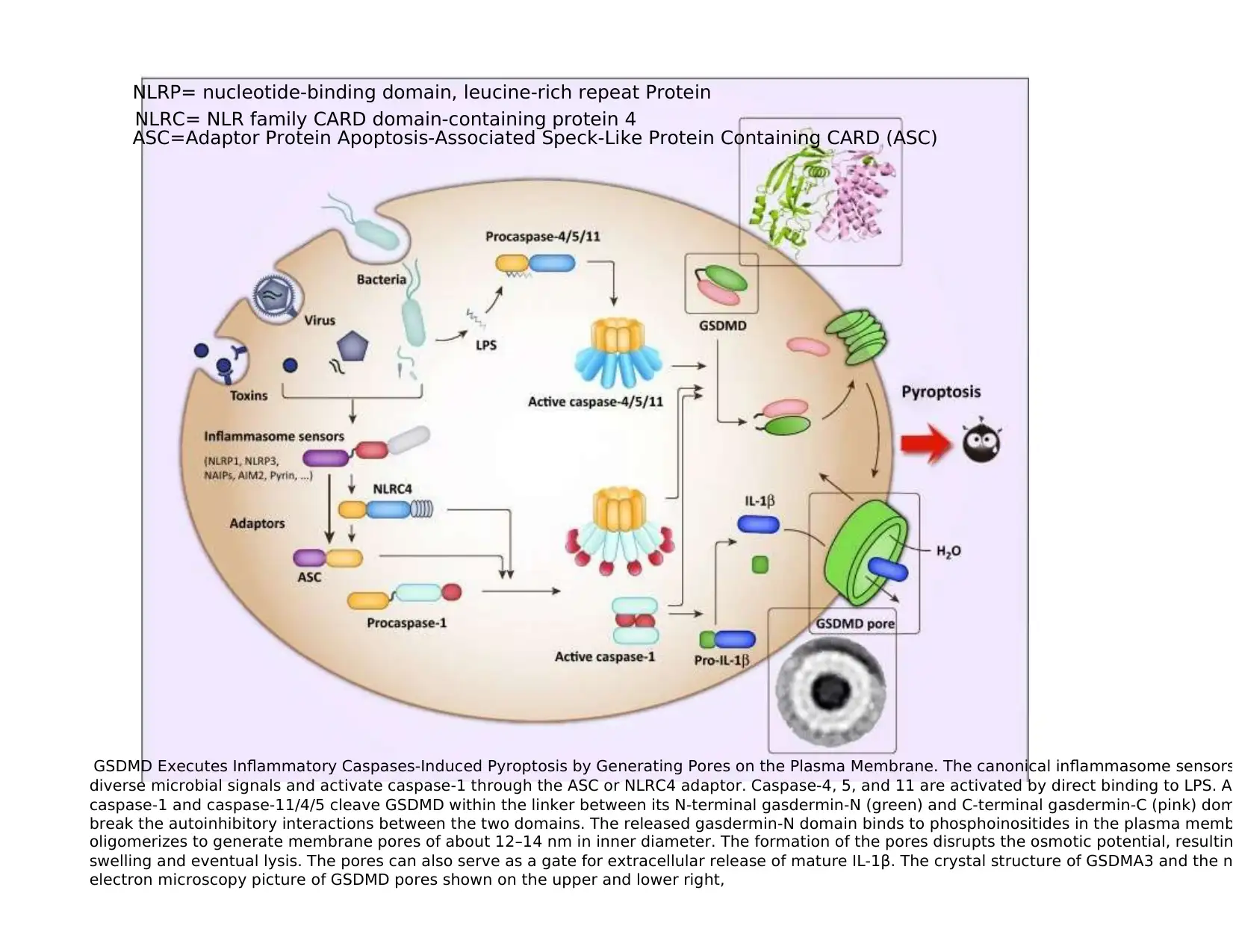

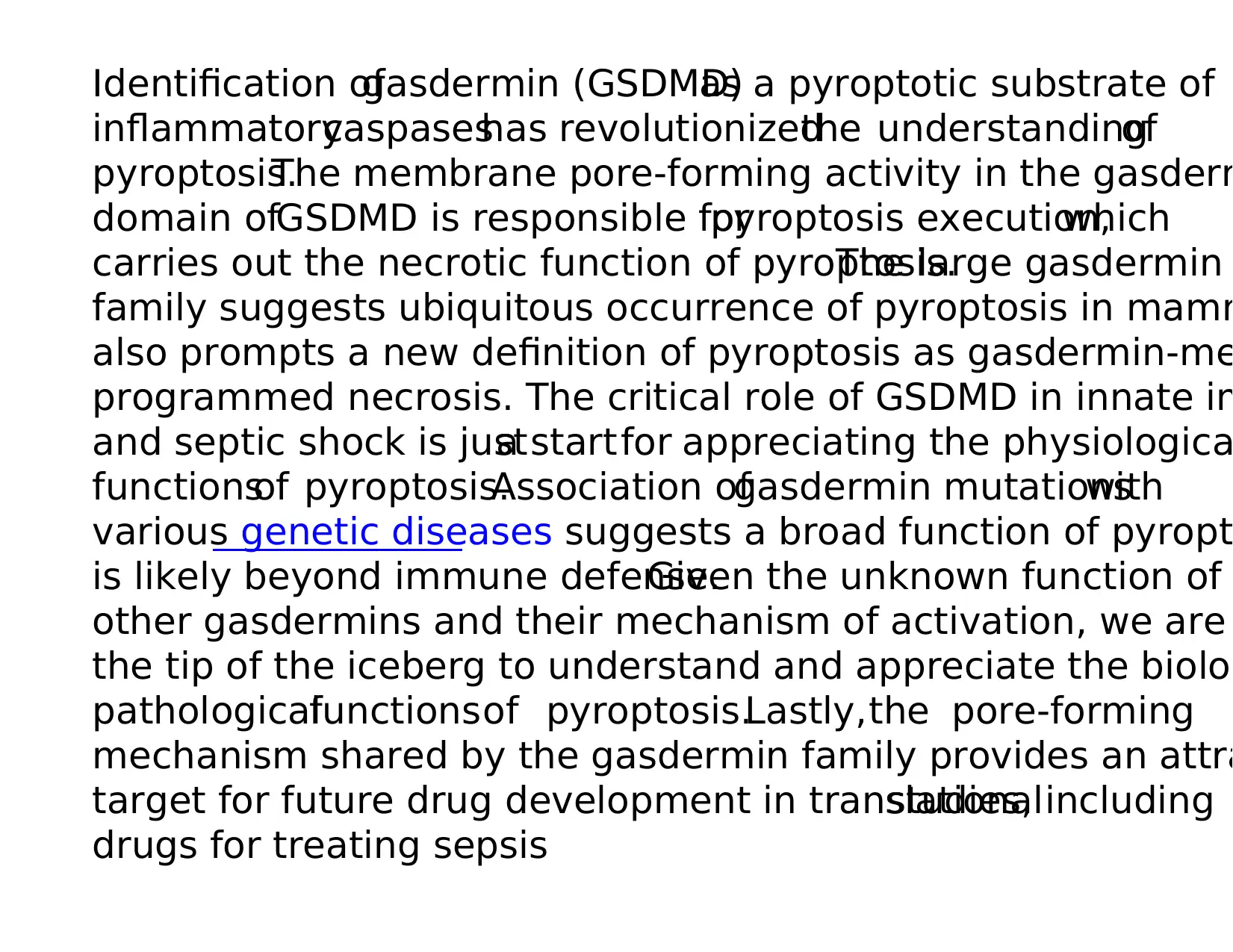

![[object Object]](/_next/static/media/star-bottom.7253800d.svg)